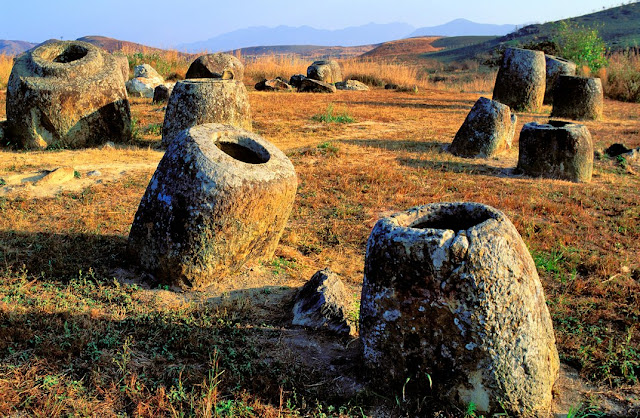The next Rembrandt:
“The Next Rembrandt” is the name that has been given to a work that has been created using data from more than 168,000 fragments of Rembrandt’s work. Over the course of 18 months, a group of engineers, Rembrandt experts and data scientists analysed 346 of Rembrandt’s works, then trained a deep learning engine to “paint” in the master’s signature style.
The painting was developed by the Amsterdam-based advertising agency J Walter Thompson for its client ING Bank.
In order to stay true to Rembrandt’s art, the team decided to create a portrait. They analysed the demographics of the people Rembrandt painted over his lifetime and determined that it should paint a Caucasian male between 30 and 40 years of age, complete with black clothes, a white collar and hat, and facial hair.
Using what it knew about Rembrandt’s style and his use of everything from geometry to paints, the machine then generated a 2D work of art that could be by the Dutch painter himself. The team then used 3D scans of the heights of Rembrandt’s paintings to mimic his brushstrokes. Using a 3D printer and the height map, they printed 13 layers of pigments. The final result—all 148 million pixels of it—looks so much like a painting by Rembrandt during his lifetime that you’d be forgiven if you walked right by it in a collection of his work.
The work is not yet on display. A release explains that the piece is “intended to fuel the conversation about the relationship between art and algorithms, between data and human design and between technology and emotion.”
But does it belong on the walls of a museum? If a painting is ultimately generated by a machine and spit out by a printer, does it contain the soul of the person whose data seeded it? Who should get credit for the image—Rembrandt or the team of engineers and art historians who helped create it? Is it art, or just a fun experiment? The painting may tell Rembrandt fans what his next piece of art may have looked like, but like the best art, it leaves behind more questions than it answers.
_______________________________
Based on:
Researchers Crack Open the Mysterious Plain of Jars
After 80 years, archeologists get the chance to explore the Laotian plateau dotted with giant stone jars
Giant stone vessels dot the landscape at the Plain of Jars in Laos. They're clustered in 90 groups composed of as few as one to more than 400 jars. It’s the type of area that archeologists dream of excavating. But there have been few digs in the Plain of Jars since the 1930s. A new five-year project between the government of Laos and Australian researchers, however, kicked off last month, and it is already producing new clues to the origin and purpose of the giant urns.
The Plain was off limits during the last half of the 20th century because the Ho Chi Minh Trail, the main supply route for North Vietnam during the Vietnam War, ran through Xiangkhouang Province in north central Laos where the Plain of Jars sits.
The US dumped tens of millions of cluster bombs in the area, creating craters, destroying some jars, and leaving lots of unexploded ordnance, which made any archeological dig in the area extremely dangerous. But over the last decade, international projects have cleared the bombs from several sections of the Plain.
Even in the short time researchers have resumed excavations they have made important discoveries, including sets of human remains estimated to be 2,500 years old. It adds credence to the hypothesis put forth by researchers in the 1930s that the jars were a type of crematory where bodies were left to decompose before the bones were removed and buried in surrounding ground. The new discoveries seem to back up most of that idea.











No comments:
Post a Comment
Note: Only a member of this blog may post a comment.